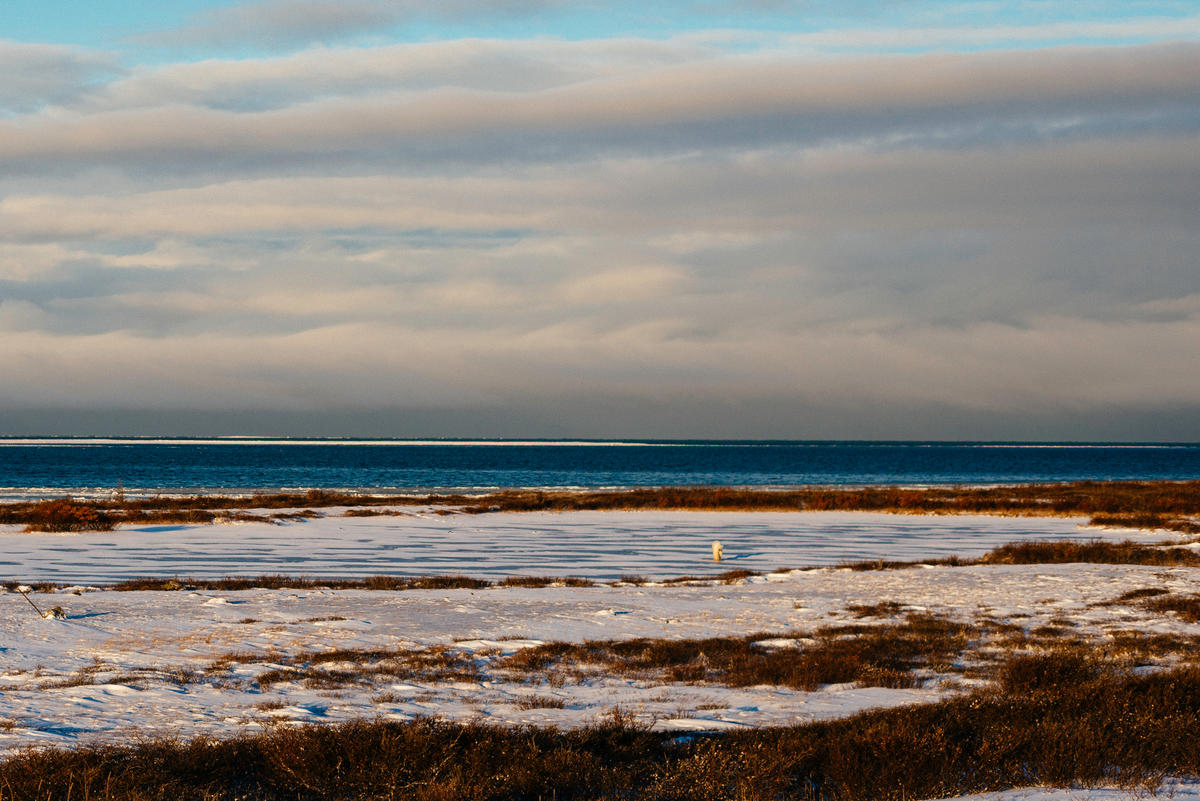© David Olefeldt
Permafrost thaw
What lurks below: Waking a sleeping carbon giant
Northern tundra and taiga ecosystems contain the world’s largest stores of soil carbon, much of which has been frozen in permafrost for millennia. As DAVID OLEFELDT explains, climate warming and permafrost thaw will accelerate soil decomposition and release large amounts of greenhouse gases into the atmosphere.
You can store frozen berries in your freezer for years, but if you take them out and place them on the kitchen counter, they will start to decompose rapidly. Similarly, plant material from trees, shrubs, grasses and mosses frozen in the soils of northern regions can remain unchanged for millennia if temperatures stay below freezing, but will start to decompose when the soil thaws.
The problem for the climate is that this decomposition converts the carbon in the plant materials into greenhouse gases—primarily carbon dioxide, though waterlogged soils can also produce methane, a more potent gas. Understanding what quantity of greenhouse gases will be released from thawing permafrost in the future is challenging due to the scale of the Arctic, but researchers have made significant progress over the last few years.
Greenhouse gas emissions from northern ecosystems can be studied either by directly measuring emissions in the field or by bringing soil samples back to the lab to assess how fast they decompose. Hundreds of sites have been investigated this way, though there are still large unstudied regions in the Arctic, especially in Russia.
Researchers began studying permafrost thaw and the release of greenhouse gases in the 1970s, but most of the research has been done since the late 1990s. Recent advances in satellite imagery and computer modelling are helping us to make progress. In the last 10 years, we have finally gathered enough data to put all the parts together and predict future emissions.
Our current predictions suggest that permafrost thaw will lead to the release of greenhouse gases during the 21st century that are similar in magnitude to the emissions from large, industrialized nations today.
– David Olefeldt, Associate Professor, University of Alberta
Answering three key questions
To make these predictions, we need to focus on three main questions: How fast will permafrost ground and soil carbon thaw? How easily will this thawed soil carbon decompose? And how warm and wet will the soil be after it thaws?
A fundamental difficulty in predicting future emissions is that the answers to these questions will differ between regions and between different types of ecosystems. Permafrost thaw in the Alaskan tundra will have a different outcome from thaw in a peatland in Canada, which in turn will be different from thaw in the Siberian taiga forest. A key factor is the amount of ice in the permafrost ground. Some permafrost ground contains abundant ice, which means that thaw causes land surface collapses (known as thermokarsts), which can lead to landslides or the formation of lakes and wetlands. This scenario favours methane production.
Current research also aims to understand the role of wildfires in accelerating permafrost thaw, how important greenhouse gas emissions are during the long winters, and to what degree increased plant growth in a warmer climate can offset some of the soil greenhouse gas emissions.
Limiting emissions to slow warming
Our current predictions suggest that permafrost thaw will lead to the release of greenhouse gases during the 21st century that are similar in magnitude to the emissions from large, industrialized nations today. The predictions range from adding the equivalent of Japan’s emissions to adding the equivalent of those generated by the United States. The upshot is that while greenhouse gas emissions from thawing permafrost may not cause runaway climate change, they will accelerate climate change beyond what is expected from other anthropogenic emission sources.
These emissions are likely to be large enough that they will need to be considered in international negotiations on emissions reductions. In the meantime, the only action we can take to minimize greenhouse gas emissions from thawing permafrost is to limit anthropogenic greenhouse gas emissions in the first place.
By David Olefeldt
TwitterDavid Olefeldt is an associate professor in catchment and wetland sciences at the University of Alberta in Canada. He studies the impacts of climate change on northern ecosystems.
